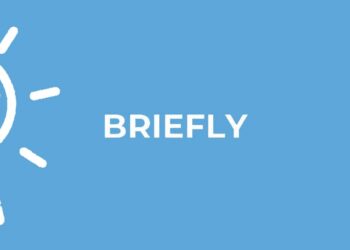
In 1999 I attended a large agency middle management course. One of the moments that I have carried with me from amongst many ideas was the proud display of an ad for processed cheese in a major, specialist financial publication.
Sometimes ideas don’t have to make sense to stick in the head.
The reasoning was bizarre to my mind, almost flippant, but an ineffective revolution. The terminology used was a ‘breaker’. By placing the ad in a financial publication, breaking the standard patterned media model, the agency hoped to bring the product into jarring relief, and also maximize product sales or at least penetrate a new segment.
My immediate thought was of the standard commission on media of 16,5% (and it was a very expensive publication). The move came across as cynical profiteering though laudable from the point of driving agency revenue.
The media universe, the so-called 360, has since expanded and fragmented with the expansion of options for external integration and touchpoint analysis, online media, related SEO, social media and a new revenue model. That means a change of practice…
The first and most obvious thing is to match communication to the medium. A processed cheese ad in a financial publication is about as sane as using LinkedIn for dating ads. People gravitate to media based on specific interests.
Processed cheese might sell in a general interest magazine with a strong retail component, alongside retail commercial finance, but use specialist financial media to move financial products, not cheese.
The question is what is the lost opportunity cost of advertising in the wrong medium? If the product sells more in a better medium, the lost opportunity cost is the difference between sales emanating from the appropriate and inappropriate medium. Choose your medium based on at least an informed thumb-suck projection.
The fact that a medium exists does not mean it is appropriate for use. If there is uncertainty about effective media, the practice of growth hacking should come into play. Growth hacking is a strategy that uses experimentation and innovation across various marketing channels to achieve sustainable growth. It entails using creative, Â (relatively) low-cost strategies to acquire and retain customers, leveraging data and technology.
In the 90s, before social media, the aim was to reach many consumers as often as possible. Growth hacking leads to the idea that you can now affordably reach the market that is most likely to produce sales volumes, particularly with social media. You don’t need to reach everyone, just the market that will buy the product.
Aside from buying a highly targeted market with social media page promotions, you don’t need presence on all social media. For instance, Pinterest deals with inspiration that might include recipes using cheese. TikTok or Facebook Reels might also be fertile ground. What social media can be excluded?
What is implicit to this is that the medium needs to maintain effective focus and relevance, often within a niche. That focus is a source of income. By allowing the focus to degrade, media loses traction. Why should the financial sector put budget into a publication that is characterized by processed cheese?
The practice of asymmetric messaging on social media should also be taken into account. Many people need to see different messages that are identifiably the same brand on different large media platforms. That’s an expense in terms of money and resource, as is A/B testing. The expense of multiple material is deductible against sales.
What I currently see is patterned behaviour, a limited set of options presented repetitively. What needs to happen is that touchpoints need to be examined and considered for effect, and strategy needs to be brought to the fore.
*Pierre Mare has contributed to development of several of Namibia’s most successful brands. He believes that analytic management techniques beat unreasoned inspiration any day. He is a fearless adventurer who once made Christmas dinner for a Moslem, a Catholic and a Jew. Reach him at contact@pressoffice7.com if you need thought-leadership, strategy and support.









